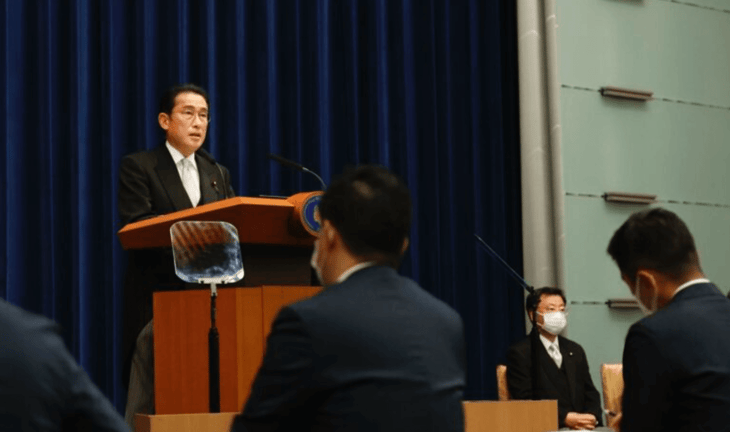Long-time hydrogen proponent Japan is partnering with Australia to create a supply chain that will connect the Australian state of Victoria with the Japanese city of Kawasaki.
In a video message at the March 4 ministerial meeting of the Asia Zero Emissons Community (ASEC), Japanese Prime Minister Fumio Kishida said, “In Asia, we should have as many energy options as possible, and hydrogen and ammonia are options.”
With no oil and gas reserves to draw upon, Japan has been a stalwart of hydrogen power. Kishida said he wants to expand the supply networks by co-operation with countries in the region, creating a robust network in a part of the world prone to natural disasters.
Eleven nations participated in the ASRC meeting in Tokyo, with participants agreeing to promote investments in infrastructure for decarbonisation.
... to continue reading you must be subscribed







